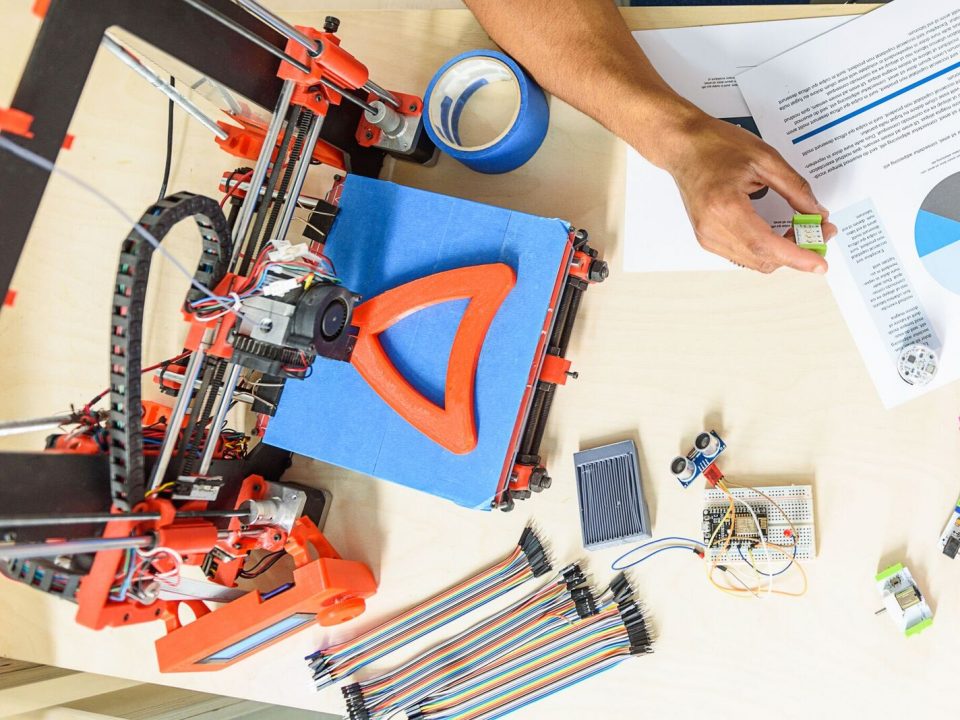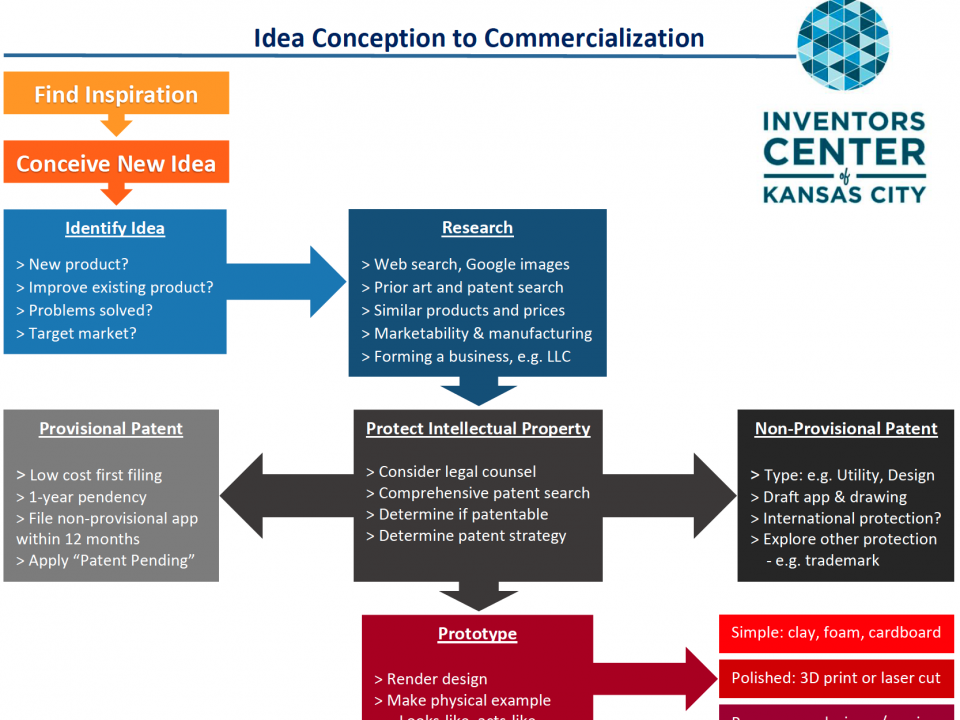How to Protect an Idea or Invention Prototype: 5 Important Steps

When you have come up with a new idea or invention, one of your biggest concerns is keeping it safe and preventing others from stealing your idea. You have worked hard on your prototype, and you deserve to reap the benefits instead of someone else getting their hands on it. If you have been wondering just how to protect an idea or invention prototype, read on for five steps that will help to keep it safe.
1. Keep the Prototype Physically Secure
It is important not to leave your invention lying around where anyone can get their hands on it. Make sure to keep it in a safe place that others do not know about. If you are especially worried, you can get a safe and keep it locked away. You may have to leave your prototype with others for production purposes, selling, etc., but if you do, make sure you get anyone who will come into contact with it to sign a non-disclosure agreement.
2. Keep the Prototype Digitally Secure
If you have information about your prototype on your computer or mobile device, you need to take precautions to keep it secure. You can put access controls on any programs you used, and you can also encrypt designs. Make sure that it is not easy for someone to get into your computer or mobile device.
3. Keep a Log
From the moment you start developing your product, you should keep an inventor’s log. You should have some form of notes, preferably handwritten, with each step of the process and the date completed. You can even buy a notebook with numbered pages to prove that you did not retroactively create your log. That way, if something is stolen, you will have proof of your work.
4. Make it Difficult
Even if you have made it impossible for someone to steal your prototype, if someone sees it, they may attempt to reverse engineer it. Try to limit the amount of time people get with your prototype and do not show it to people who do not need to see it. If you are particularly worried, you can take out a patent for concept design and include a line that does not allow for reverse engineering.
5. Be Wary of “Too Good to Be True” Opportunities
Be careful when pitching your prototype to companies. You should only work with reputable, well-established businesses. If a deal sounds too good to be true, it probably is. If something about a company makes you feel uncomfortable, follow your instinct and stay away.
By knowing how to protect an idea or invention prototype and applying that knowledge, you can ensure that you get the credit and the profits from your invention. By keeping it physically and digitally safe and following legal channels, you should not have to worry about someone stealing your idea.
References:
Entrepreneur | Protecting Your Prototype
ADT Home Defenders | Physical Security
Nolo | How to Protect Your Invention From Theft When Pitching It

Onega co-founded LA NPDT because of her love to innovation, brand development, and people. She is passionate about making the world around her a better place and gives back through volunteering.https://lanpdt.com/ulanova-onega/



